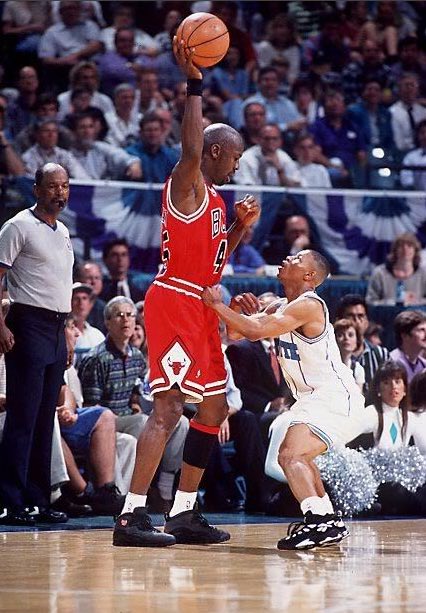
@thebkc Olympic regulations for inclusion of transwomen in female categories state that the *overriding* objective is the *guarantee* of fair competition, and that restrictions are permitted to secure that aim.
@thebkc The UK Equality Act 2010 permits sex discrimination, regardless of the gender reassignment characteristic (with or without a GRC), if it is necessary to do so to secure fair competition or the safety of competitors.
@thebkc The power gap between a male and female punch is 162%. That is, males can punch 2.6 times harder than females. It’s the biggest performance gap I’ve found to date.
@thebkc Reviews of muscle data in transwomen suppressing testosterone show that, even in untrained and non-training transwomen, loss of mass/strength is small, and wholly insufficient to close the baseline male-female gap.
https://twitter.com/fondofbeetles/status/1368174222992961547
@thebkc You regulate a full contact sport where serious injury is an inherent risk.
You have an ethical duty to protect your female athletes from avoidable risk of harm.
You have an ethical duty to protect your female athletes from avoidable risk of harm.
@thebkc My other thoughts on boxing (which overlap with kickboxing).
https://twitter.com/fondofbeetles/status/1368202347990687745
• • •
Missing some Tweet in this thread? You can try to
force a refresh






